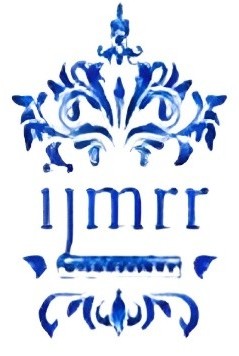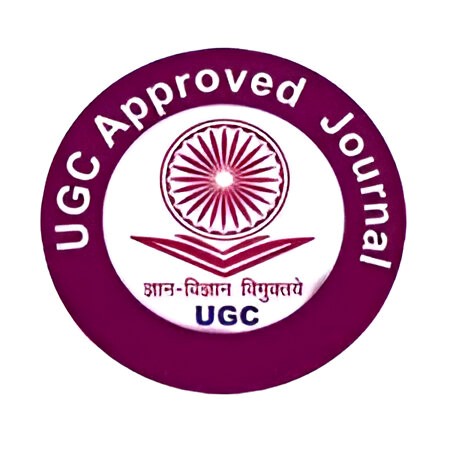FIRST GENERATION GRADUATES TOWARDS ENTREPRENEURSHIP, WITH REFERENCE TO THIRUVALLUR DISTRICT,TAMIL NADU, INDIA
Abstract
Survival and motive of financing in family business in the decision of decedents is based
on their perspective towards venturing attitude. In general, the more distant in the past the
person who created the wealth, the more cases his or her descendants will lose it. The studies
conducted by the Harvard Business Review along with family business institute resulted that the
survival status is below 30 percent of family business in second generation and it is more only
30 percent of family-owned businesses survive into the second generation and it is more feasible
to the extent of 12 % into the third generation. Finally 3 % only operate in 3 rd and 4 Th
generations. The long gap is found in past literature review with regard to the factors
influencing the first generated literates towards the venturing attitude in continuing the family
business finance. The Researcher conducted exploratory study with reference to Thiruvallur
district district in Tamil Nadu after conducting pilot study. 650 first generation educated
respondents were selected from the family business and their present perspective was analyzed
towards financing family business. The 100% confidence resulted with 621 were participations.
All the primary data that were collected analyzed with the SPSS statistical software. The result
of the study depicted that venturing attitude has reduced due to the influencing factors of
globalised competitive status and education has paved the way for their confidence in survival
rather exert in painful risk towards financing family business.











